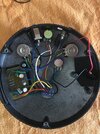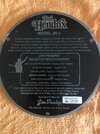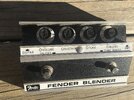Can anyone identify (manufacturer etc) these spare Ge Transistors i was given for my 1970's Dunlop JH-2 FuzzFace?
The two that were in the FzFc are a NKT275, and a B175; so the two spares are what im wondering about and they both look the same tho different engraving on top, see hand written note in pics.
Thanks.
The two that were in the FzFc are a NKT275, and a B175; so the two spares are what im wondering about and they both look the same tho different engraving on top, see hand written note in pics.
Thanks.
Attachments
-
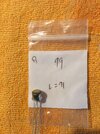 DE10AFF7-3647-4FE1-BBA1-C99A756F9E33.jpeg1.7 MB · Views: 71
DE10AFF7-3647-4FE1-BBA1-C99A756F9E33.jpeg1.7 MB · Views: 71 -
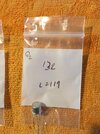 C4822E5E-5B67-4244-9718-C9FC1A20AAB8.jpeg1.7 MB · Views: 68
C4822E5E-5B67-4244-9718-C9FC1A20AAB8.jpeg1.7 MB · Views: 68 -
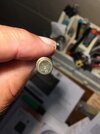 C0129D21-B4EE-4D33-8751-C4CFD10DAD23.jpeg1.1 MB · Views: 69
C0129D21-B4EE-4D33-8751-C4CFD10DAD23.jpeg1.1 MB · Views: 69 -
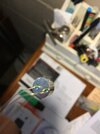 9499C8A9-15A6-4A03-BFA5-CAF360B63C14.jpeg1.1 MB · Views: 72
9499C8A9-15A6-4A03-BFA5-CAF360B63C14.jpeg1.1 MB · Views: 72 -
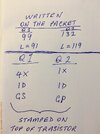 0F67B6BE-3A6D-4FB7-9A45-DC47A98EEB89.jpeg1.1 MB · Views: 67
0F67B6BE-3A6D-4FB7-9A45-DC47A98EEB89.jpeg1.1 MB · Views: 67
